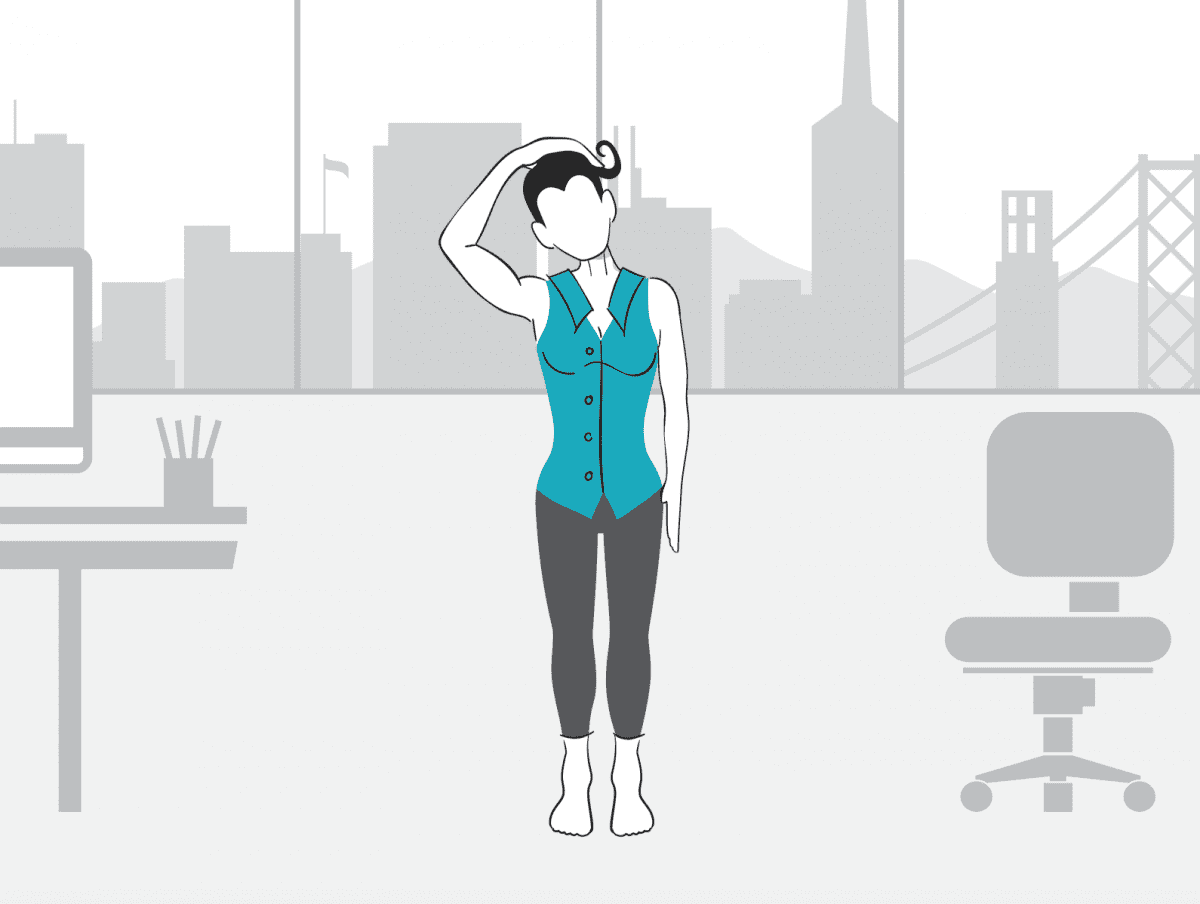With our current work force having such a strong computer sitting element, and the majority of people with a cell phone in their hand, postural issues have become a much too frequent reason for visiting our clinic.
The typical patient that comes in to our office for these postural issues complains of having pain as well as tight and sore upper backs. Often, they will say they feel so stiff that they cannot straighten up any more or that they are starting to have pain running down into their shoulders. Even in more extreme cases they start to have so much tension in the upper backs they complain of muscle tension headaches that have been getting worse over time.
We explain to the patient that these are all common symptoms that are brought about by having poor posture. Poor posture tends to place extreme undo pressures on the muscles of our upper back, neck and spine. Once this area of our body becomes over stressed the muscles and spine tend to become irritated and as a result become stiff and painful. Our bodies love to be in motion and it’s the lack of motion from sitting at our desk or being on our phone that cause the back to stiffen up and become painful.
“Once a patient starts to lose their mobility and flexibility in their backs the issue worsens and needs to be corrected with some type of manual hands on therapy.” Dr Monge states. “I like to work on and adjust the spine to regain the mobility into it and then I send the patient to one of our physiotherapists for IMS needling to eliminate trigger points within the muscles as well as massage therapy.”
There are many forms of therapy that can really help to alleviate these symptoms once they begin to become problematic. We find in our office a combination of Chiropractic care, Physiotherapy and massage therapy can be tremendously beneficial in helping to eliminate these problems. Some hands on therapies that we use in the office are Active Release Therapy, IMS needling and Graston therapy to break up trigger points and adhesions in the muscles to help established proper length and allowing proper motion to the injured area. The reason that manual therapy works so well on these issues is that the muscles become so tight and irritated that they need to be manual worked out and trigger point’s needs to be eliminated.
Another important aspect to helping with postural issues is prevention. Foam rolling is a great preventive treatment that can be done at home to help alleviate the negative effects of sitting. It’s a simple activity that with only a few minutes a day can make a significant impact on how we feel. Simple lay perpendicular with the foam roller on your upper back and start rolling back and forth. I find the more painful the area the more work it needs, so do not shy away because it hurts. Foam rolling will help to manual break up the trigger points within the muscle tissue and also help to regain some of the lost mobility in your spine from poor posture. Preventative measures at work should also be done because some people spend a majority of their day at work sitting. Another great trick can be to set a timer on your computer. Every 30 minutes the reminder goes and alerts you to get up, walk around, touch your toes, and work on retracting shoulder blades back and forth for about 30 seconds to get the blood flowing again in your upper back. Building these simple activities into your daily routine can have a huge impact on your overall posture and health.
Finally, we often talk to patients about the ‘eight-hour/one-hour rule’. “For every eight hours of sitting a person needs to do at least one hour of physical activity to combat all the negative affects that sitting has on our bodies.” We try to encourage patients to implement a few of these preventative measures into their daily routine as it will help significantly.
By Ashley Todd, BSc. DC








